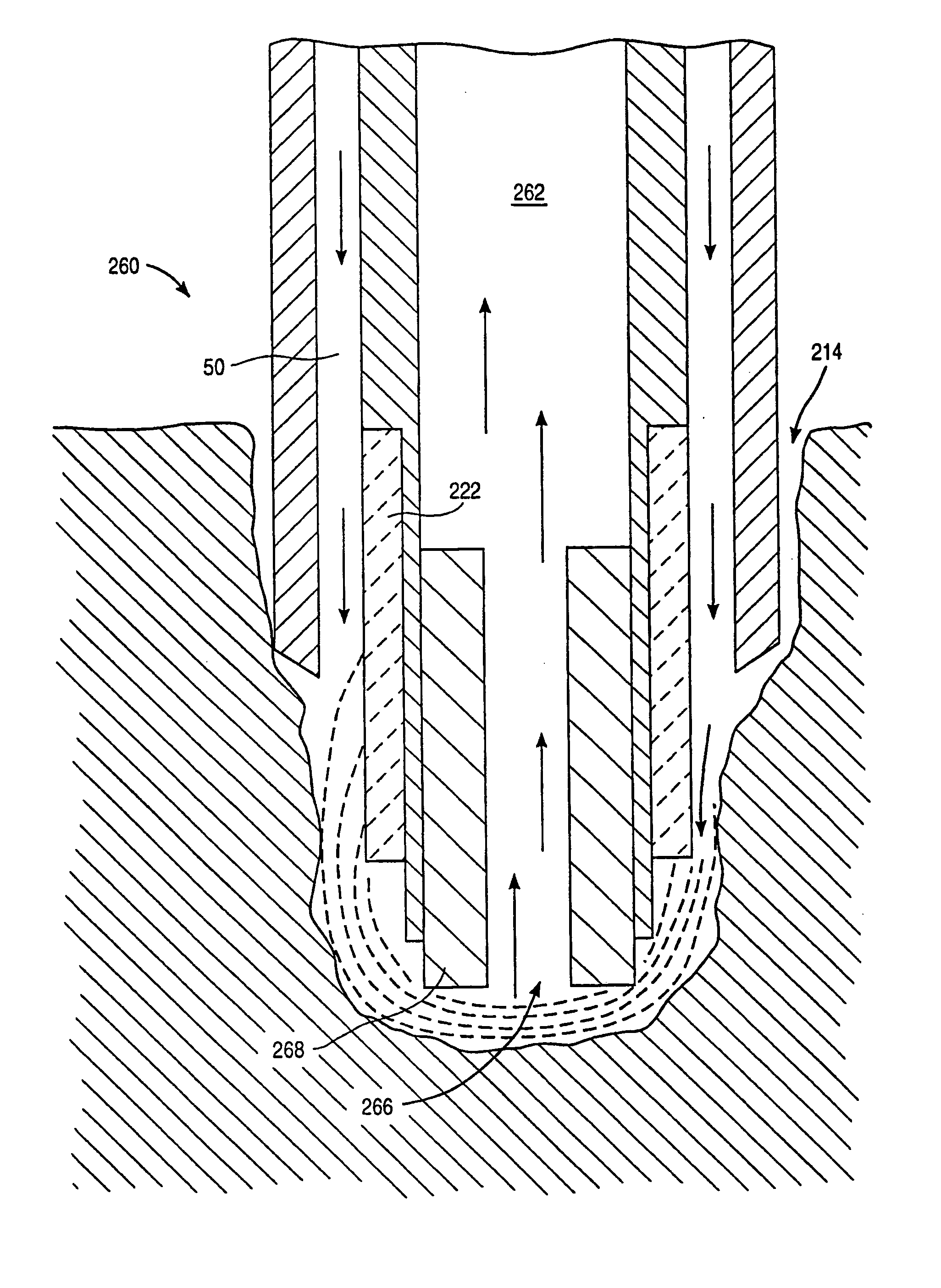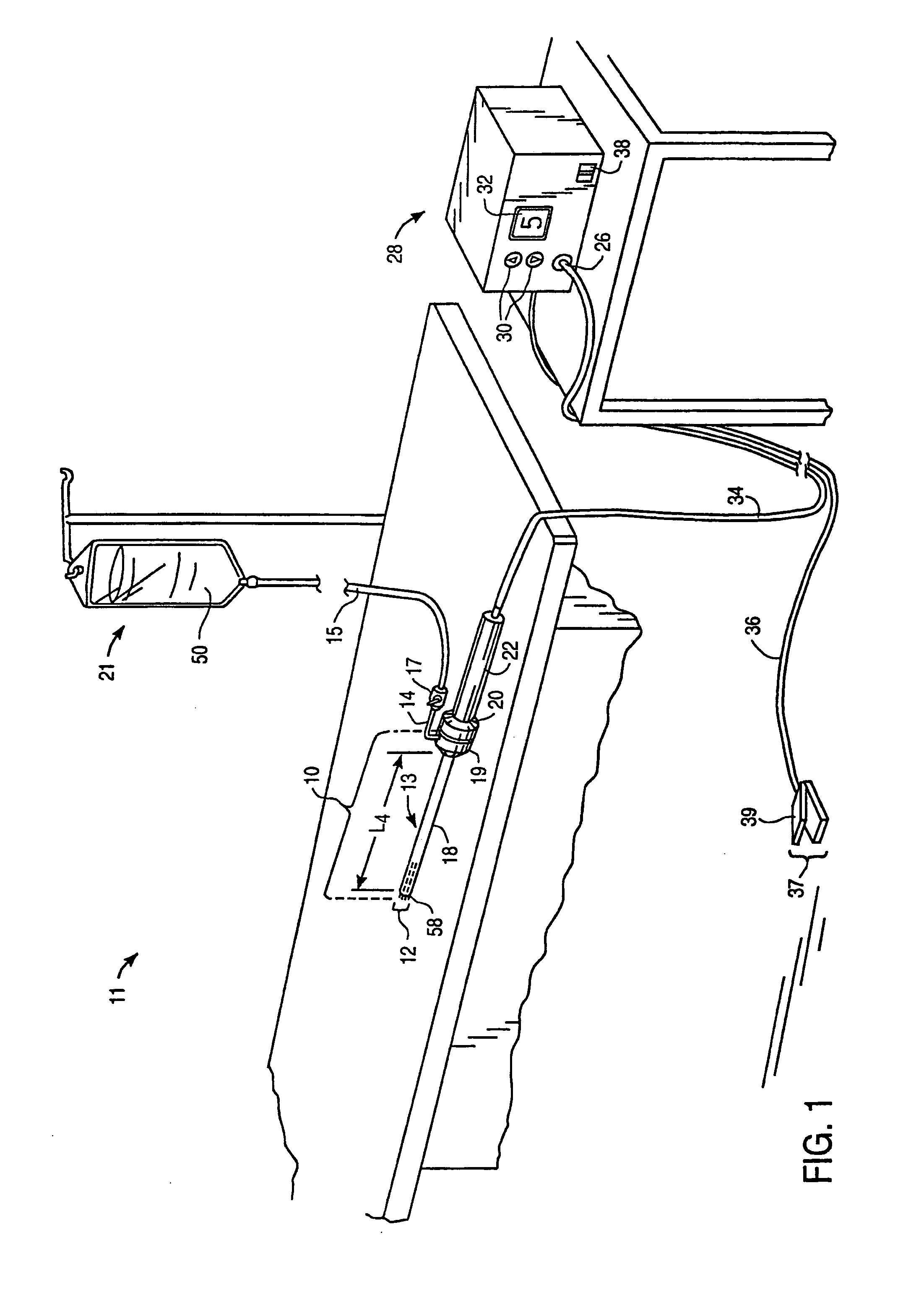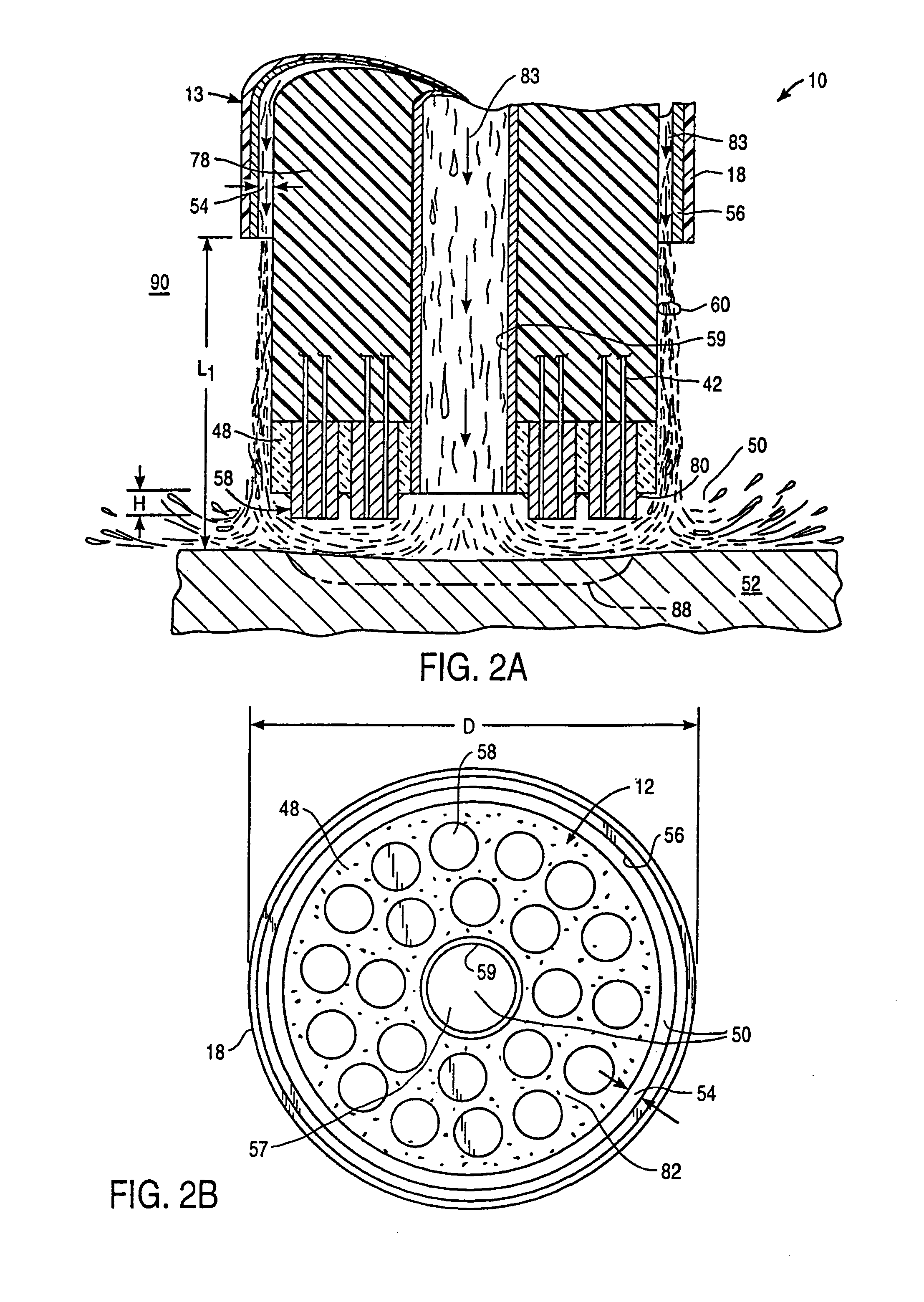Method for electrosurgical tissue treatment near a patient's heart
a tissue treatment and electrosurgical technology, applied in the field of electrosurgical tissue treatment near the heart of patients, can solve the problems of low volumetric ablation rate, high cost of laser equipment, and the own set of deficiencies of laser devices, so as to limit the depth of necrosis and limit tissue damage
- Summary
- Abstract
- Description
- Claims
- Application Information
AI Technical Summary
Benefits of technology
Problems solved by technology
Method used
Image
Examples
Embodiment Construction
[0051]The present invention provides a system and method for selectively applying electrical energy to a target location within or on a patient's body, such as solid tissue or the like, particularly including gingival tissues and mucosal tissues located in the mouth or epidermal tissue on the outer skin. In addition, tissues which may be treated by the system and method of the present invention include tumors, abnormal tissues, and the like. The invention may also be used for canalizing or boring channels or holes through tissue, such as the ventricular wall during transmyocardial revascularization procedures. For convenience, the remaining disclosure will be directed specifically to the cutting, shaping or ablation of gingival or mucosal tissue in oral surgical procedures, the surface tissue ablation of the epidermis in dermatological procedures and the canalization of channels through the myocardium of the heart, but it will be appreciated that the system and method can be applied...
PUM
| Property | Measurement | Unit |
|---|---|---|
| electrical conductivity | aaaaa | aaaaa |
| depth | aaaaa | aaaaa |
| depth | aaaaa | aaaaa |
Abstract
Description
Claims
Application Information
 Login to View More
Login to View More - R&D
- Intellectual Property
- Life Sciences
- Materials
- Tech Scout
- Unparalleled Data Quality
- Higher Quality Content
- 60% Fewer Hallucinations
Browse by: Latest US Patents, China's latest patents, Technical Efficacy Thesaurus, Application Domain, Technology Topic, Popular Technical Reports.
© 2025 PatSnap. All rights reserved.Legal|Privacy policy|Modern Slavery Act Transparency Statement|Sitemap|About US| Contact US: help@patsnap.com



